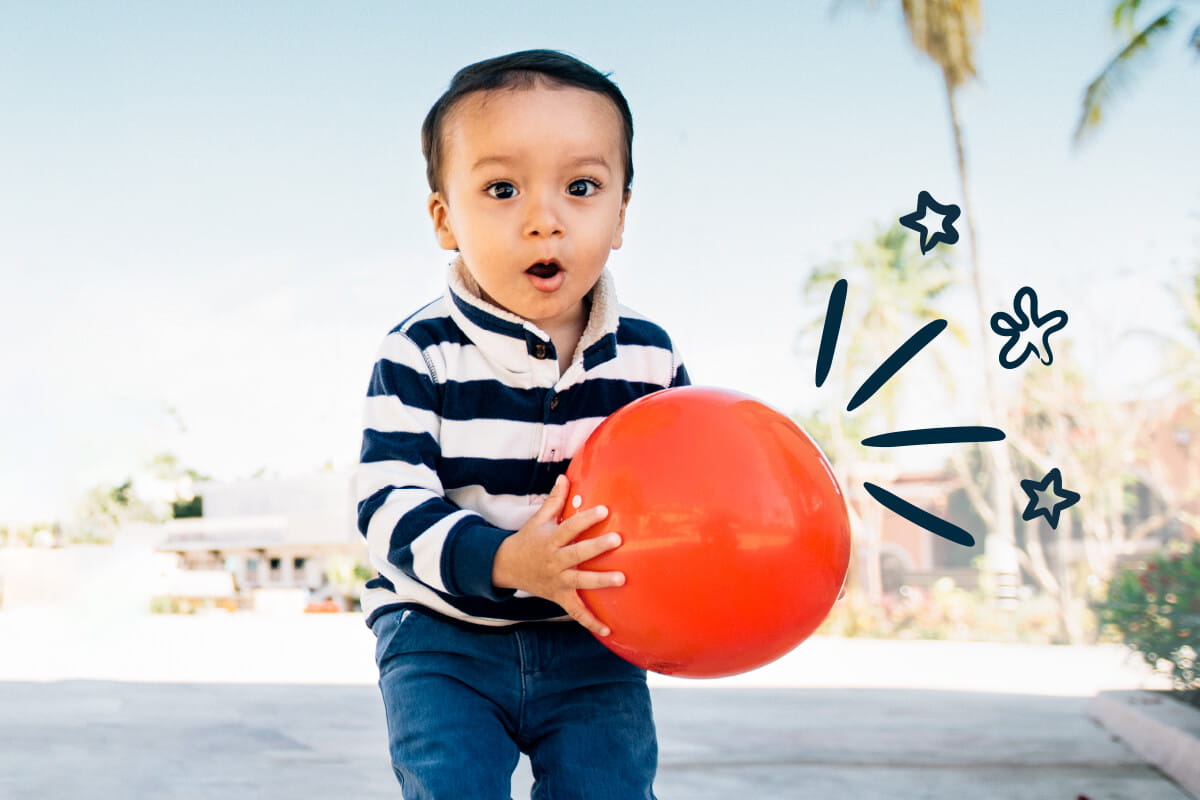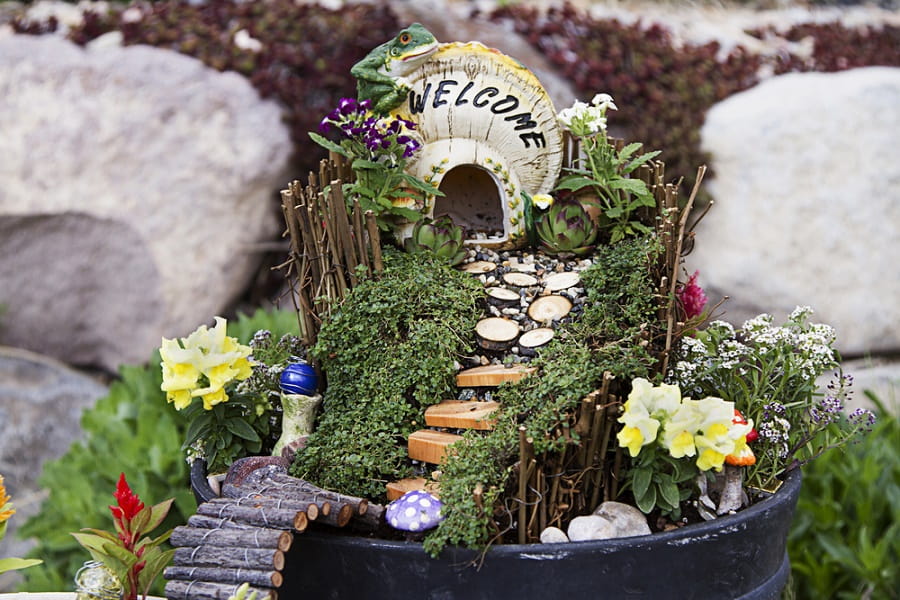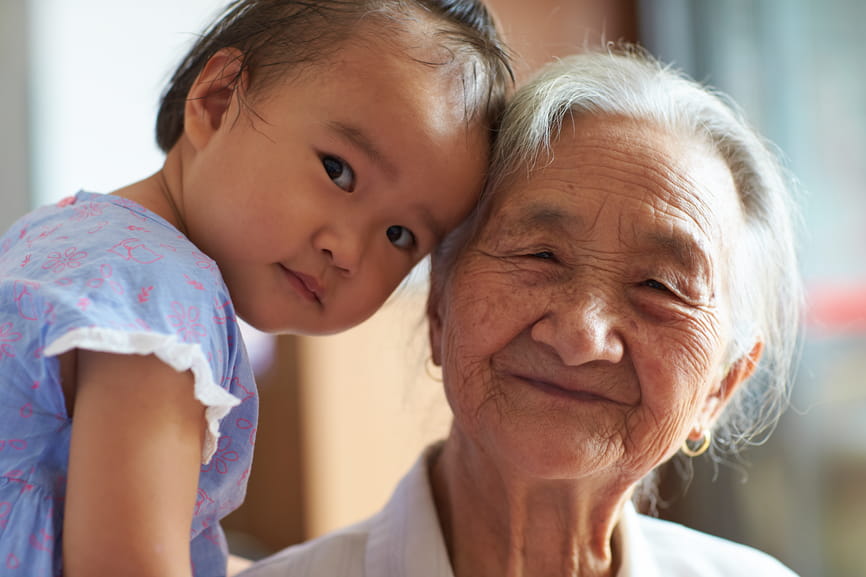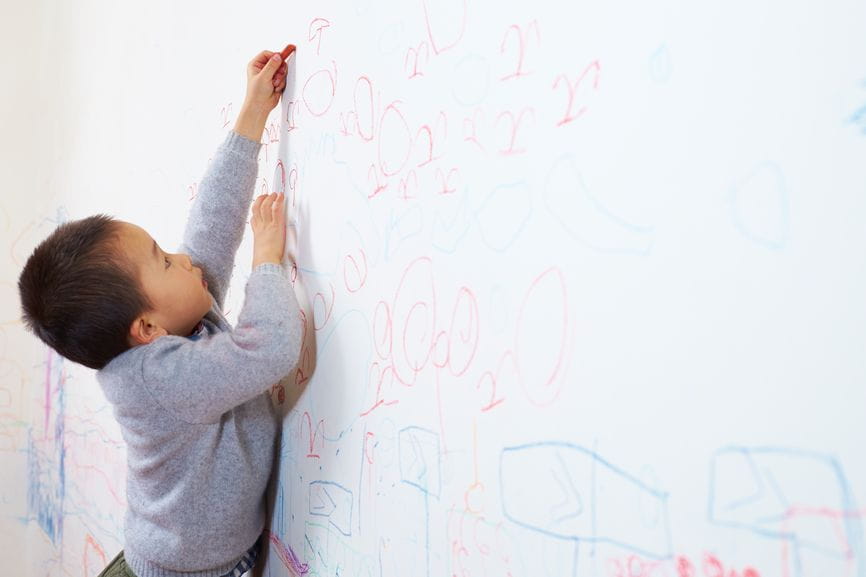Infant Sleep in Daycare: How KinderCare Successfully Manages Nap Time
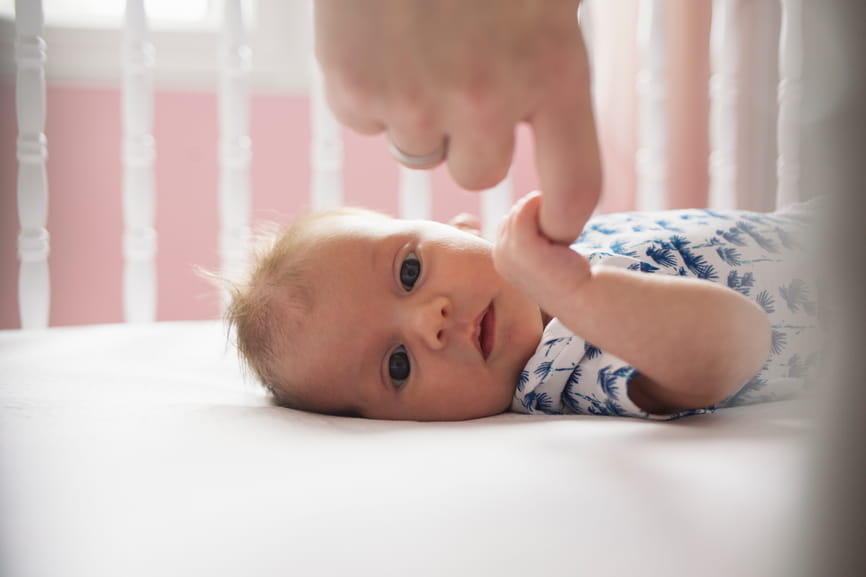
Brand new parents and sleep: You’re either trying to get more of it, or talking about it with your other sleep-deprived, new-parent pals, plus reading infant sleep books and researching the topic online. When it comes to napping at daycare, you might wonder, how do daycares get babies to sleep, anyway?
Our infant teachers know just about everything there is to know about getting babies to sleep: They’ve been calming, soothing, holding, and singing to babies in infant classrooms for over 50 years.
Everyone Belongs In Our Circle
At KinderCare, we’re committed to building warm, welcoming and supportive classrooms for children of all abilities, backgrounds and experiences.
Find a center near youHere are their answers to the infant sleep questions parents ask us the most, along with the soothing baby techniques that work best to help babies sleep.
Why Does KinderCare Use See-Thru Cribs?
See-thru cribs are the only way to go for us at KinderCare, because the infant teachers watch the babies while they are sleeping to make sure they are safe at all times.
Why Does Each Crib Have a Name Tag?
Each baby in our centers has their own crib with their name and picture on it. The name tag also notes whether a baby can roll over, which alerts staff about where children are in their physical development.
Why Is It Important to Know if a Baby Can Roll Over or Not?
The safest sleep position for babies is on their backs. The problem is that many babies can roll from their back to their stomach, but haven’t developed the skills to roll onto their back again. Infant teachers need to know that, because when they see a baby roll over, they are able to quickly and gently reposition them on their backs for the rest of nap time. Once babies have mastered rolling both ways, they can sleep in whatever position they wish.
Is Anything Allowed in the Crib?
Nothing! No bibs, no soft toys, no blankets. Some parents are surprised by that, but it’s all for safety. We don’t want anything in a sleeping environment that could inadvertently block a child’s airway. We do allow pacifiers, but even then, if it falls out of a baby’s mouth, we take it out of the crib. You’ll notice that our mattresses are firm and our sheets have a snug fit.
What Do Children Wear to Sleep in the Classroom?
We don’t change babies’ clothes at naptime, so we always tell parents to dress them in properly fitting clothes. Onesies are quite popular and convenient for diaper changes, as are “jeggings.”
How Does KinderCare Get Babies to Sleep in the Classroom?
It’s important for parents to know that in our infant rooms, we don’t have a schedule for sleeping, but we do have a routine that works for each child. So in other words, our babies don’t all take naps at 11, because every child is different. Some only sleep for 30 minutes, and some may sleep for two hours.
Just as each baby is different, each baby also has their own sleep temperament. Some babies are good at soothing themselves and sleeping longer, while others need a little bit more help getting to sleep and might sleep a little less. It’s about being tuned into each baby’s needs and providing individualized care.
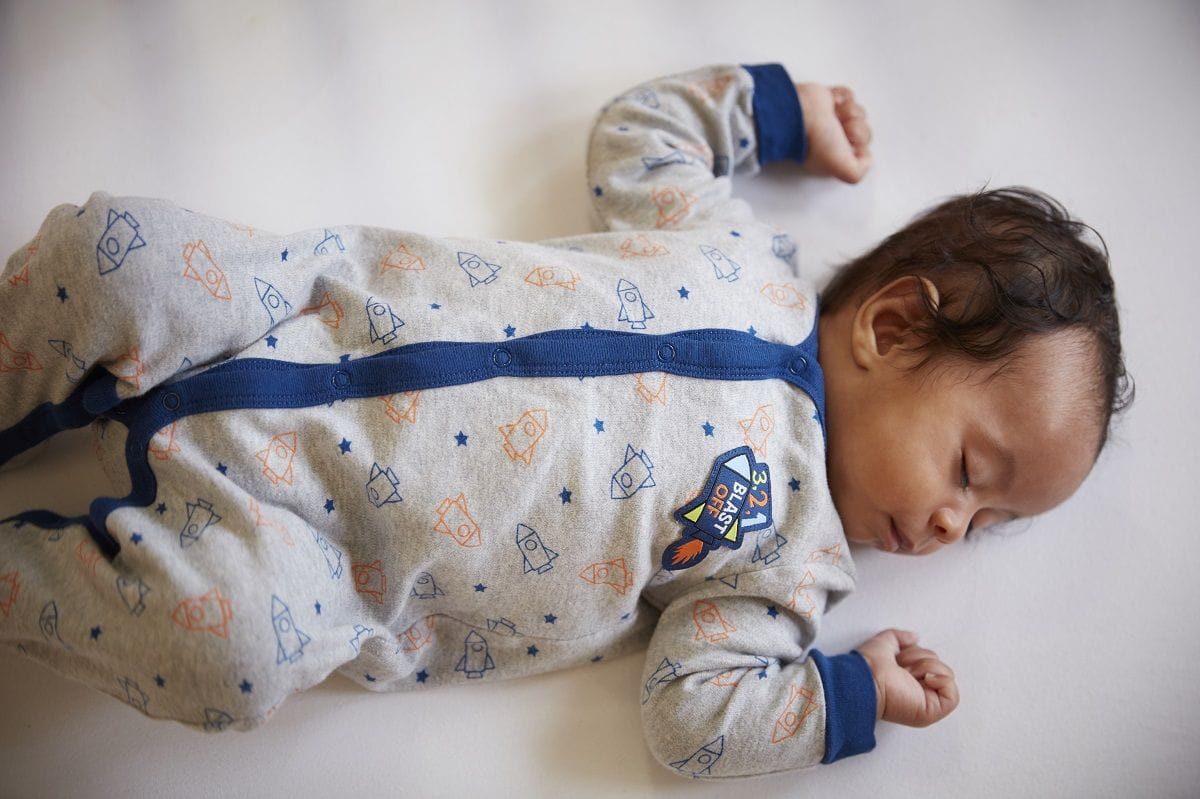
What if Families Have a Specific Routine They Want You to Follow?
Sleep is a popular conversation topic with families of infants, and we always try to work with their wishes. The important thing is to keep the conversation open, since sleep patterns at home can sometimes change when a baby starts at a new center. It often takes a teacher and a family working closely together to help babies make the transition.
What Are the Teachers’ Secrets for Getting Babies to Sleep in the Classroom—Especially Since It Can Be Hard to Get Just One Baby to Sleep at Home?
When they notice tell-tale signs like eye-rubbing or crying, they begin the soothing and calming techniques that work best for each baby—because again, every baby is different, and we have to respect that. It’s important to pay attention and act when you see that eye-rubbing, because if you wait too long, they might get overly tired and cranky, and not want to go down for a nap.
Singing and soothing music are incredible for babies, and they love being nurtured, held, and cuddled. So, our teachers will often sing to them and gently stroke their cheeks until their eyes slowly close.
A Lifetime Of Confidence Starts Here
Our teachers help every child build the confidence they need to try new things and explore the world around them.
Search for a center near youWhy Can’t Parents Wear Shoes in Our Infant Rooms?
Babies are on the floor all the time—and they put things in their mouths. Substances can be tracked in on the bottom of shoes, and many of those substances just aren’t good for infants. Teachers frequently have a pair of slippers they only wear in the classroom. The wonderful thing is that parents are very supportive of the policy. We all want babies to have a healthy and strong start in life!
About Our Cribs:
Babies in our centers only sleep in cribs; if babies fall asleep elsewhere, they are placed promptly in their own designated crib. All of our cribs meet the standards and requirements of the Consumer Product Safety Commission and are endorsed by the Juvenile Product Manufacturers Association. Have more questions about cribs, child care, and safe sleep? Call your center or learn more online from the American Academy of Pediatrics.
